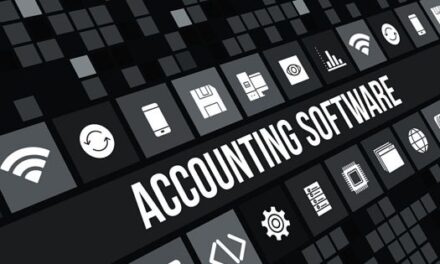If you’re growing a business, an inevitable and hopefully positive part of that growth involves expanding your team. But without the luxury of having an HR department to manage all the people-related queries, how do you actually set up HR systems and processes that can scale as you grow, but don’t overcomplicate things either?

One answer is to set up some HR software for small business – this will give you everything you need from recruitment to employee records, but if you have less than 15 employees, you may still find that this is overkill. There are in fact some basic (free) methods for managing employee information.
Here are the fundamentals of what you need for a make-shift HR system…
Employee Records
Create an Excel or Google Sheets file where you can store the most basic employee records. This would include their start (and finish) dates, position, salary / hourly rate, email address, contact number, and address.
Then create a folder for each employee and store their employment contract, resume, signed NDA and any other records you keep on file. You probably want to have another folder to contain your template documents.
Time-Off Requests
Implement a policy and procedure for requestion time off. How much notice do they need to give, where do they send their request, etc. Define when these will be processed – it can be a good method to preview them once a week so that you’re not constantly distracted at other times.
Hopefully, the payroll system you use can provide you (and the employee) with leave balance information so that you can easily make decisions about whether to approve the leave. However, you also need to see who else is taking leave at the same time. For this reason, you should set up a calendar to record all leave. It can be a Google Calendar or perhaps created in Excel or Google Sheets. The key is that you need to be able to see at a glance when people are taking time off. (You should also upload public holidays and any other dates that are important for your business.)
Recruiting
If you’re recruiting without a basic Applicant Tracking System, you may find that you can setup email folders to help you keep track of where you’re up to with each applicant.
Have all of your job applicants emails automatically put into a “Recruitment – Applied” folder. Then set aside some time each day to review these. The ones that you wish to move forward can be dragged into the next folder (eg “Recruitment – Phone Interview”) and the ones that don’t meet your criteria can be sent a templated rejection email (but keep it polite and encouraging). If you use Gmail, you might want to use Canned Responses to set these up, or you could have a folder of your templates that you can copy and paste.
For each stage in the recruitment process, it is extremely valuable to think about your criteria for the role and for that particular stage. For example, in the screening stage, you might be looking for a certain number of years experience, certain technical qualifications or even something like proximity to your office. Whereas in the phone interview stage, you might be looking for attitude and communication skills. (Of course, these attributes will vary depending on the role you are recruiting for.)
Onboarding
Setting up a procedure for onboarding new employees might seem like something only big companies do, but the reality is that we all need to do a series of steps to get someone up and running – and the more we can automate this, the better.
Create a document where you bullet-point the steps your new employees need to go through. This would include some things the employee needs to do and somethings for you or other members of your team. For example, you should include things like; receive signed offer letter, setup employee’s workspace, confirm start date and time, introduce other team members, setup banking, sign tax forms, observe someone doing their role, read certain training materials, etc. There’s a more comprehensive onboarding checklist here.
Even if you’re onboarding someone for the first time, you’ll soon be doing it again and wish you’d taken the time to create a checklist. You can always add to it or edit it later, but like all procedures, it’s far better to start with something than nothing.
Performance Reviews
With a growing team of employees, make sure you set up a way of conducting performance reviews. Again, this can seem like something that is more for larger organisations, but research shows that employees that don’t have formal feedback systems in place feel a lot less engaged and motivated.
A performance review process doesn’t have to be too complicated though. Just decide on a frequency (eg 6 monthly) ad create a basic template for your reviews. It could be as simple as having a date, employee name, what’s working well, areas for development, and goals for next period. Of course, you could decide to get a lot more granular by including criteria specific for the role, KPI’s etc. But the key thing is to actually do it – don’t let perfect get in the way of this. Start basic and you can always evolve the process as you go.
Company Library
Finally, create a place to store documents that all employees should have access to. This would include your employee policies, key procedures (maybe many of these), sales scripts, key office information (parking, contacts, etc), and any other key documents. Initially, you might only have a handful of files, but as you grow, these will expand as well. Your employees will appreciate you taking the time to make these available to all.
You can create your company library in Google Drive, Dropbox or other file sharing platforms.
—–
Of course, medium and large businesses use HR Information Systems (HRIS) to capture and manage their HR information, but until you have around 20 employees, these are usually too expensive for smaller businesses. However, as you’ve seen here, there are ways that you can achieve many of the same benefits by being inventive in the way you utilise free tools or tools you already have.
Don’t wait until your HR is in a real mess though – organise the processes you have in place today and you’ll be in a far better position to grow and add more employees. Plus, having some basic HR systems in place sends a positive message to your existing team that you value them and that they’re an important part of the business.





















